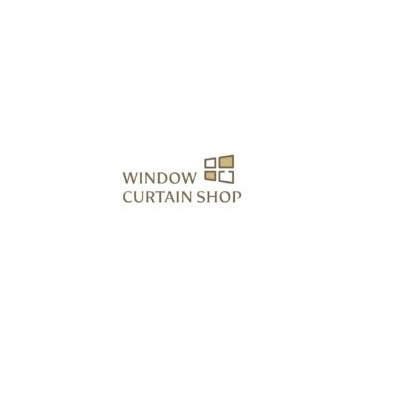The countless possibilities when selecting new bespoke draperies might be bewildering. There are several design factors to take into account, such as style, colour, and material. Window Curtain Shop will talk over some fundamental drapery styles today.
When trying to choose the perfect drape style, there are a few things to think about. Inquiries like, "What is the overall look of your space and what role do you want the drapes to play," "Is your room formal or informal," "Are the windows and, by extension, the drapes, going to be a primary focal point in the room," "Will the drapes need to serve a functional role or are they strictly aesthetic," and "Will the drapes need to be functional or are they strictly aesthetic" Your style decision will be guided by the answers to these questions.
The hardware and possibly the most important factor in defining style—how will the draperies work—will be taken into account first. Will it be necessary to sometimes open them in order to prevent light or for privacy? Are your curtains more for decoration than anything else? The kind of hardware you wish to utilise will depend on the function.
Mechanical and non-mechanical hardware are the two common categories. On a working rod, a Pole Rod as opposed to a Pinch Pleat or Ripple Fold. A functional rod with mechanics would probably work best if you need to open and close your draperies frequently during the day. It should come as no surprise that curtains with mechanics often cost more than non-mechanical alternatives.
A pole rod is primarily cosmetic and can have a drape-over style in addition to a simple rod pocket, concealed loop type, rings, or grommets. The aesthetics of this appearance come before the practical. When you want a certain drapery aesthetic but don't need it to provide privacy or block off light, go with this design. The Rod Pocket is a fairly conventional option that is more difficult to open and close than other choices. The curtain rod can glide into the pocket created when the cloth is gathered at the top of the drape.
Pinch Pleat
Pinch pleats, also known as French pleats, are a fairly common design choice for rooms that want a more classic appearance. The term "Pinch Pleat" refers to a variety of head types, with the most popular ones being the fitted pleat, box pleat, inverted pleat, and goblet pleat. Pleats will be added to these curtains by collecting the fabric's folds together every few inches and sewing them together four inches from the top. Drapery pins are used to fasten the drape to the hardware and are frequently pulled open and closed using an attached baton.
The ripple fold has a more modern appearance and fits very well with modern interior decoration. The curtains are an excellent option if you require the capability of opening and shutting repeatedly throughout the day because they hang on an easy-to-use track and normally operate with a cord control. Because they are considerably simpler to take down and hang up than pinch pleat-type drapes, ripple fold drapes are a huge advantage in the care and cleaning of bespoke draperies. This drapery style often utilises less fabric, making it potentially more affordable than other choices.
To ensure the greatest care for your curtains,
Window Curtain Shop offers you the best services for curtain alterations. These curtain modifications are also offered as part of the service options for curtain tailoring, fixing, and overall modification. Please visit the website right away to learn more about the
Best Curtain Shop Dubai online.










0 Comments